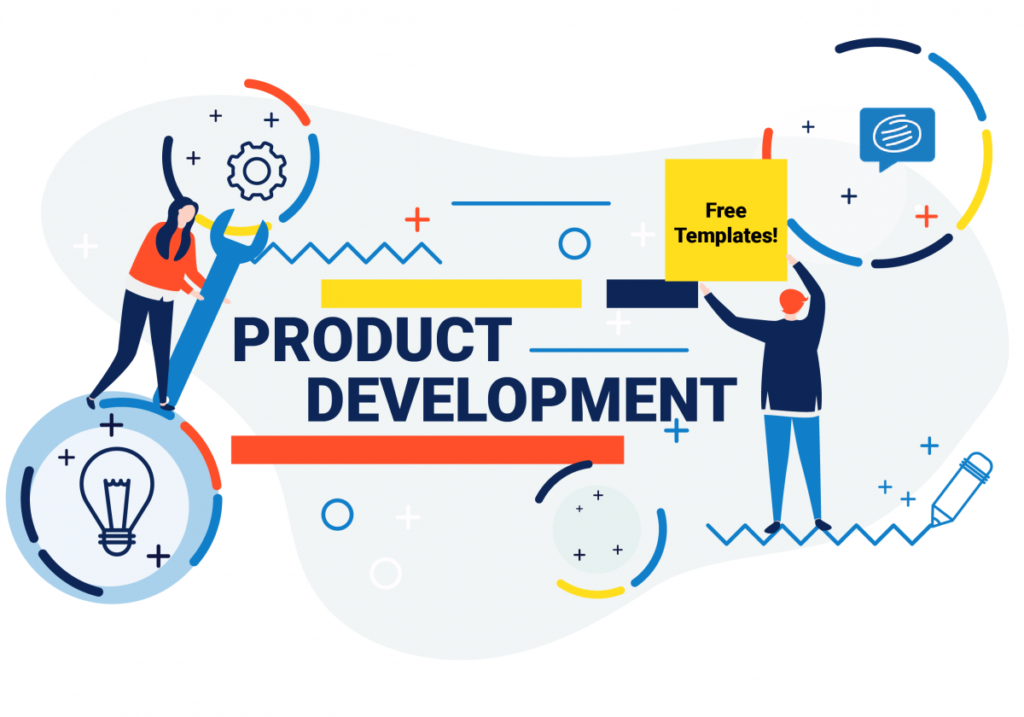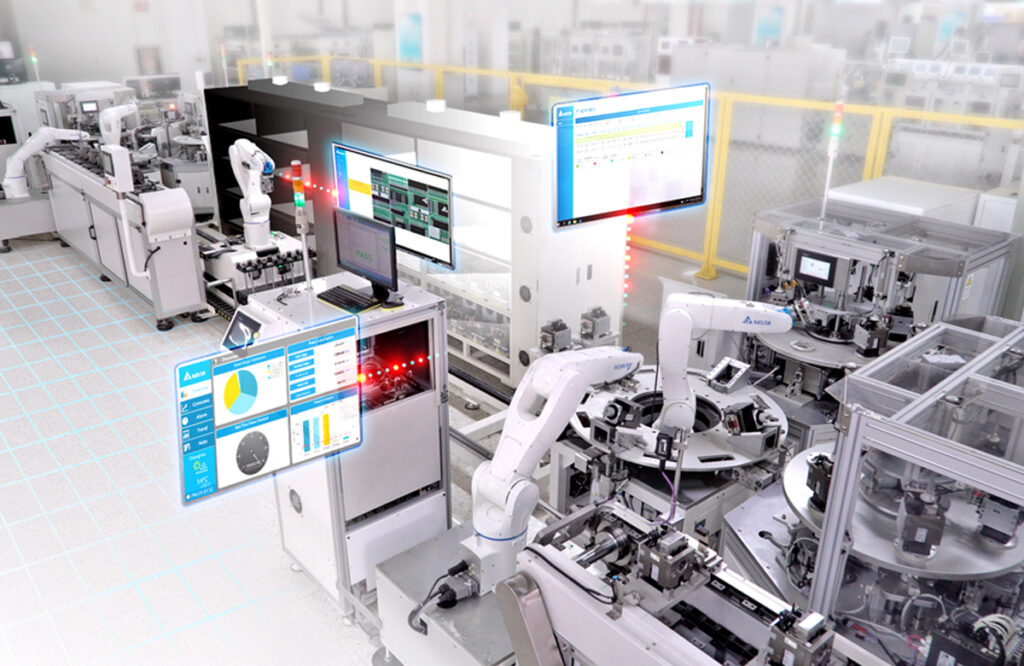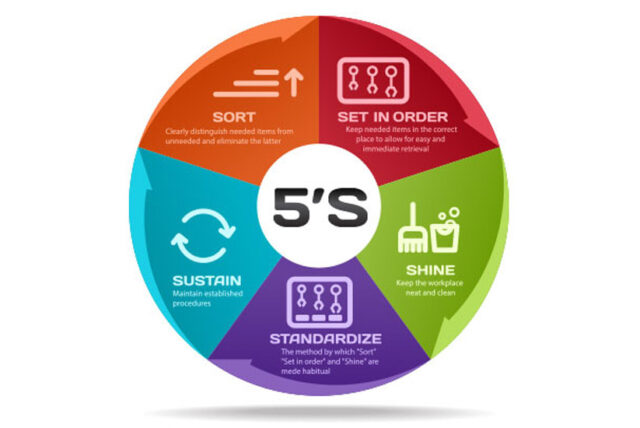
The COVID-19 pandemic has brought with it many reckonings, first and foremost of our emergency preparedness in the face of a contagious virus. A distant second may have been supply-chain collapses. By outsourcing manufacturing to other countries to cut costs, many businesses found themselves without access to key suppliers as flights were grounded and borders closed.
As the world emerges from the crisis, many experts expect a resurgence in domestic manufacturing or, at least, supply-chain realignments in countries around the world. Opportunities will exist not only for skilled workers to prosper in manufacturing, but also for entrepreneurs who can step into the gap as manufacturing dollars come home.
Want to gear up for the domestic manufacturing boom? Here are five terms anyone working in manufacturing needs to know:
1. Product-Development Cycle

Manufacturing has existed for well over 150 years. While some manufacturing tenets have stayed the same, much has improved over time to become enshrined as a best practice.
When entering the manufacturing industry, you don’t have to reinvent the wheel. Decades of refinement within the industry have created a series of roadmaps to build processes from. The product-development cycle is the first roadmap to remember.
The product-development cycle is the stage in a product’s life where the product is planned, developed, and evaluated. The product-development cycle is more in the client’s ballpark than the manufacturer’s. However, client-manufacturer partnerships thrive when the manufacturer understands the process and can serve as a trusted guide through it, especially if the client is new to the process.
- Again, you don’t have to wing it. Here are the steps in the product-development cycle:
- Plan. The client performs market research, including on production costs, market demand, and price points, to build a business case for the product’s viability.
- Develop. Specifications are created for the manufacture of the product.
- Evaluate. A prototype is manufactured and tested, preferably with feedback from potential buyers to improve the product or address weaknesses.
- Launch. The product goes into the marketplace with adequate advertising.
- Assess. Buyer feedback is gathered and customer support gets underway; the client performs A/B testing on marketing creative.
- Iterate. The client incorporates buyer feedback and refines its campaign.
2. Environmental Monitoring

If you don’t work in manufacturing or a heavily-regulated industry, you might have thought “environmental monitoring” means watching for hurricanes, pollution, or holes in the ozone layer.
However, in this context, environmental monitoring describes the process of collecting data (such as temperature or humidity, for example) and monitoring for any conditions or changes that would negatively impact the product or process being monitored, as noted by Dickson.
When manufacturing involves machines, environmental monitoring might involve monitoring:
- Heat of materials.
- Fluid pressure in engines.
- Electrical voltage coursing through machines.
- Stress pressure on components.
Why monitor these features? This is partially to ensure efficiency and to protect assets. If materials are under too much stress or overload the voltage, components could break and lead to costly shutdowns.
The other reason to perform environmental monitoring is to comply with regulations, especially when manufacturing products and materials for the pharmaceutical industry, the medical device industry, the aerospace industry, or other highly-regulated industries.
To prevent a public health crisis or catastrophic accident due to products manufactured under improper conditions, manufacturers in these industries must often submit data to regulator boards to assume accountability for the quality of the products.
3. The ALCOA Standard

The ALCOA standard is related to environmental monitoring. It refers to a standard for data integrity that assures the environmental data collected can be trusted.
ALCOA is an acronym that stands for:
- Attributable. Data that can be traced to the person, place, time, and/or device where it was recorded.
- Legible. Data that can be read or interpreted by a human brain.
- Contemporaneous. Data that was recorded at the time it was collected.
- Original. Data that is preserved in its original form, rather than a transcribed copy of a transcribed copy, etc.
- Accurate. Data that can be trusted to be true and precise to the required decimal.
Today’s manufacturers rely on digital data loggers to comply with the ALCOA standard. Data loggers consist of a sensor (for example, a temperature or pressure sensor), a small computer processor, and a data drive. They record the designated environmental conditions at a specified interval (every minute, every hour, etc.)
Data loggers make it easy to meet the ALCOA standard because the data can be attributed to the data logger and rendered into a legible digital display. It creates the record as soon as it records it without human error, and digital files are considered “original” even after being copied to another drive. Finally, as long as the sensor is intact and the processor has sufficient resolution, good data loggers can be trusted to record accurate data.
4. Bottleneck

A bottleneck is a slowdown of production due to an inefficient or faulty process. Think of trying to pour a gallon of water out of a bottle with an opening the size of a pinhole. You might have a lot of water, but good luck quenching your thirst in a timely fashion.
Bottlenecks can be hard to spot when you have a large production facility with many moving parts (objects and people) to keep track of. One way to identify and alleviate bottlenecks is to implement real-time location monitoring (RTLM) which tags people and objects with a locator signal that is transmitted by wireless technology (WiFi, Bluetooth, UWB, infrared) to identify the position of every unit within the facility.
5. The Five S’s

Not everything about manufacturing is complicated. Sometimes the most important lessons you learned are from childhood when your parents made you clean your room.
The Five S’s aren’t some complicated manufacturing procedure—they’re just a common-sense checklist to maximize the efficiency of a factory through basic cleanliness. None of the Five S’s are invisible; they’re designed to be detectable to the naked eye. Your factory has the Five S’s covered if it is:
- Sorted. All tools categorized and close to their relevant work station.
- Straightened. All tools efficiently arranged and returned to their resting place after use.
- Swept. Floors clean and free of clutter.
- Standardized. All methods of work agreed upon throughout the organization.
- Sustained. Consistent application of the Five S’s.
Manufacturing will be at the heart of the biggest economic realignment in living memory. Learning the lingo is a key step to becoming a part of it— perhaps even profiting from it.







